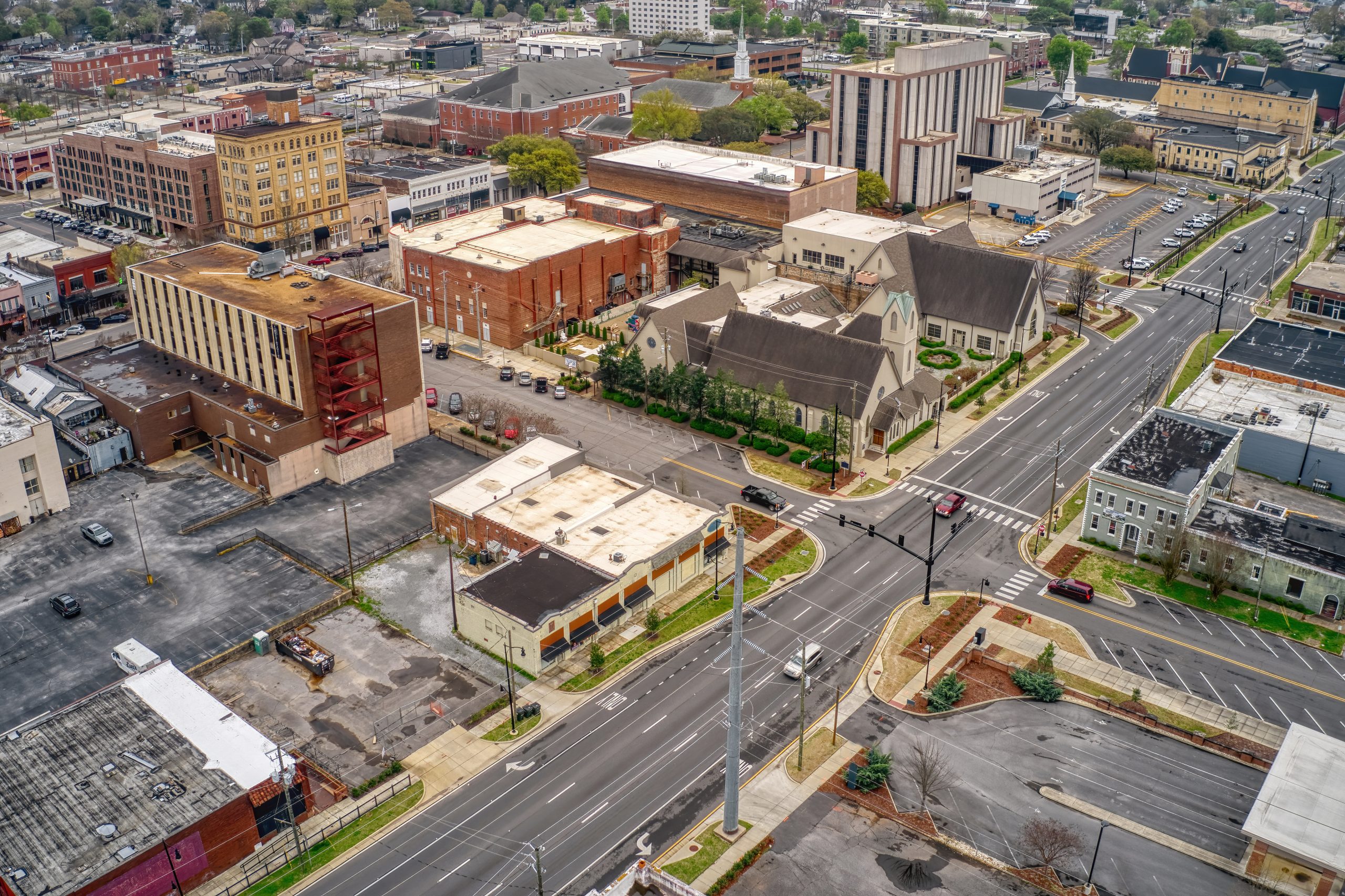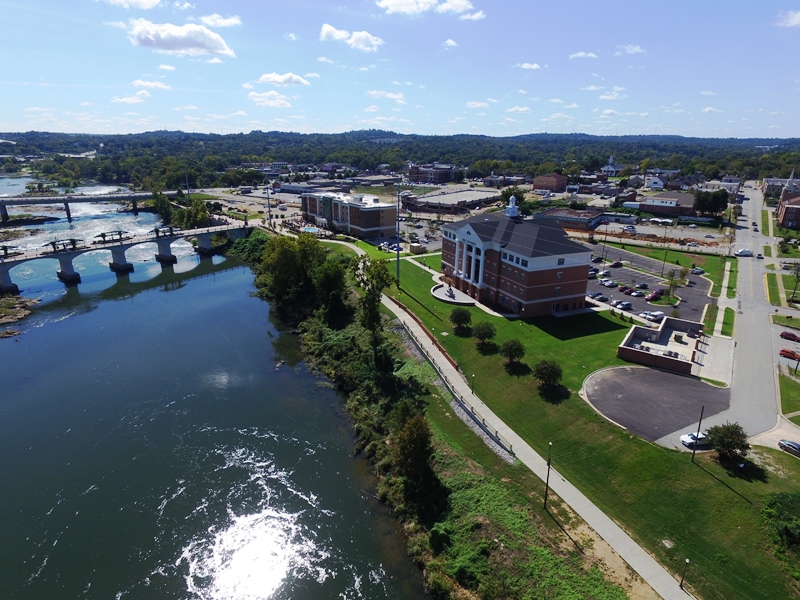Note: This article provides a preview of closed sales activity during May, which provides limited insight regarding the impact of the pandemic to residential sales activity. All data, along with the Center’s May Statewide Report, will be available June 22.
In Alabama, six residential markets have reported May closed sales data as of today (Jun 9, 2020) including Calhoun County, the Cullman area, the Dothan area, Monroe County, the Phenix City area, and the Tuscaloosa area. May closed sales data represents properties put under contract in April, when many areas were under stay-at-home orders due to the pandemic.
As expected, sales activity declined year-over-year (Y/Y) in most areas. Median sales prices, however, remained somewhat stable, with three markets posting Y/Y decreases (all under 4%) and two areas reporting gains (8.8 and 8.2%). Please note that six markets is a small sample size, representing roughly 15% of all sales activity in the state. Check back in on June 21 for a full recap of residential sales activity with the release of ACRE’s May Statewide Report.

In the national market, according to a weekly housing market update from Danielle Hale, chief economist at realtor.com, asking prices increased in May to hit a new high. Inventory (total number of homes listed for sale) continues to decline, which has supported sales prices in recent months. Weekly data showed that asking price gains were larger (3.1%) later in the month than they were earlier in the month. Buyer demand has regained ground somewhat as mortgage applications increased from one year ago, but many lenders have responded to economic uncertainty by requiring higher down payments and higher credit scores from borrowers. Mortgage rates are also near historic lows, which incentivizes buyer demand to some degree. States are slowly reopening and economic activity is rising somewhat, but there is likely a rocky road ahead with both good and bad news alike.
Realtor.com’s revised forecast called for a 15% decrease in residential sales in 2020 versus 2019. Declines in median sales price, however, are expected to be slight, around 1%. Inventory was tight coming into the pandemic, and it has impacted sellers as much or more so than buyers (arguably) as a significant number potential sellers have chosen to wait out the Spring and early Summer seasons for various reasons. Tight inventory has propped up home sales prices in the pandemic thus far, but sales prices are likely to decline slightly later in the year if demand continues to soften. Pricing dynamics driven by the law of supply and demand are always at work moving toward or away from market equilibrium (6 months of supply) – where buyer and seller have equal bargaining power. In April months of supply was at 3.4 statewide.
This insights and trends article was developed in partnership with local REALTOR associations (MLS data source) as a resource for area consumers. Given the local nature of real estate, ACRE recommends consulting a real estate professional in your area for local market information.





